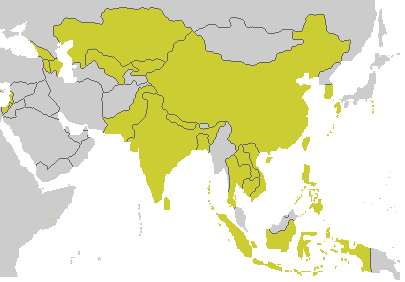SOS Medical and Social Centres in Asia: Country List
In Asia, SOS Children currently operates 115 SOS Social Centres and 10 SOS Medical Centres.
The SOS Social Centres provide Family Strengthening Programmes and the opportunity for children and their families to develop their skills to prepare for a stable livelihood. SOS Medical Centres in Asia provide medical treatments and services, such as counselling, to those who require the treatment. Many SOS Social and Medical Centres have been set up in Asia after a natural disaster, to aid in the recovery effort. For example, the Asian Tsunami of 2005 led to the construction of Centres in Indonesia. Most of these Centres have been absorbed into their communities and now play an effective role removed from the disaster which initially led to their construction.
Examples of the Work of SOS Centres in Asia (2009):
- At the Social Centre Bhuj in India, the centre is continuing to target malnutrition, aiming to eradicate it in the age group 0 to 5.
- In Azerbaijan, at the Social Centre Ganja, medical expenses were provided by the Centre for a child who needed extensive surgery
- In the Philippines, a Nutrition Month was organized in 2009, at the SOS Social Centre in Davao, to educate children and their families to eat a healthy diet
Click on a country below, or select a title on the right, to read more about how individual SOS Social and Medical Centres work in Asia.


 Return to Schools Wikipedia Home page…
Return to Schools Wikipedia Home page…
